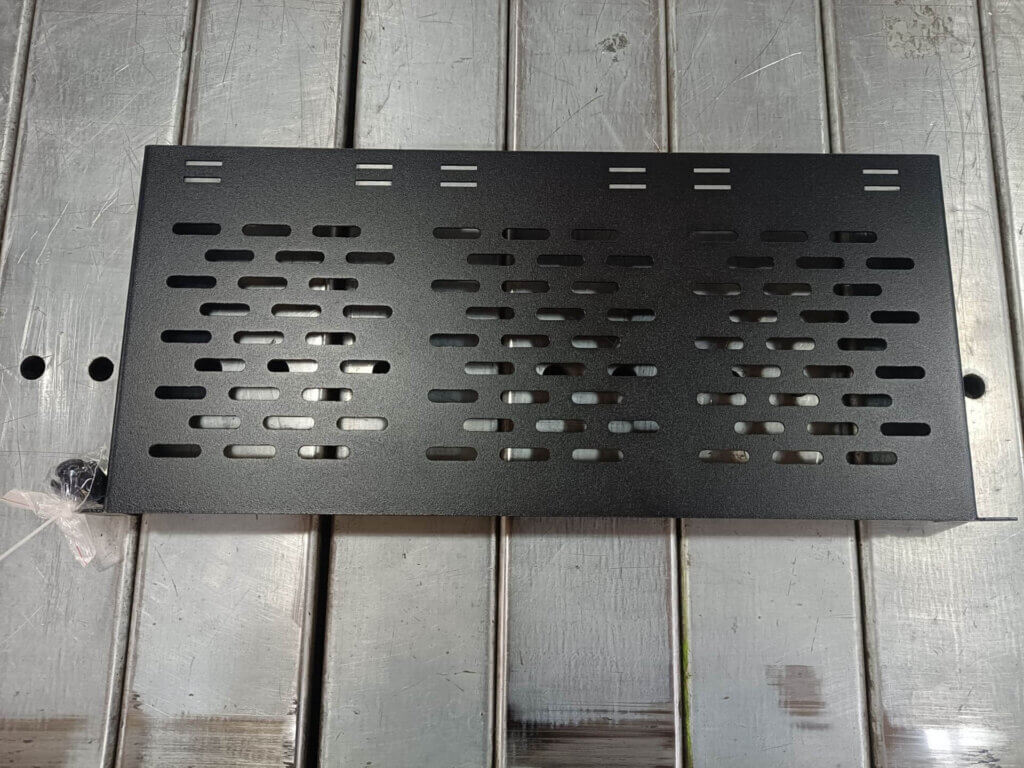Have you ever marveled at the complexity of the modern world's digital infrastructure? The internet, telecommunications, and local networks – they all function seamlessly, allowing us to communicate and share information effortlessly. Yet, hidden behind this apparent simplicity is a network of intricate components, one of which is the often-overlooked hero of connectivity: the patch panel.
In the realm of network technology, patch panels are unsung champions, silently performing a vital role. But what exactly are they used for? How do they contribute to the smooth flow of data in our digital age? Let's unravel the mystery behind these unassuming devices and discover the critical role they play in our connected lives.
Understanding the Basics
At its core, a patch panel is a mounted hardware assembly that contains ports to connect and manage incoming and outgoing LAN (Local Area Network) cables. Imagine your office or data center – a network of computers, servers, and various devices all requiring internet connectivity. Instead of having individual cables sprawled across the floor or tangled messily in the corners, these cables are neatly organized and terminated into the ports of a patch panel.
The Purpose of a Patch Panel
Now, you might wonder: why go through the trouble of terminating all cables into a patch panel? The answer lies in efficiency, organization, and flexibility. When numerous devices need to be connected within a network, having a centralized point of connectivity simplifies the process significantly.
Patch panels serve several purposes, primarily:
1. Centralized Connectivity:
All network cables from different devices are terminated into the patch panel, creating a central location for connectivity.
2. Easy Troubleshooting:
If an issue arises with a specific connection, it can be easily identified and rectified without disrupting the entire network. Each cable is labeled and organized, streamlining the troubleshooting process.
3. Flexibility and Scalability:
Networks are not static; they evolve and expand. With a patch panel, adding or replacing devices is hassle-free. New connections can be established or existing ones modified without the need for extensive rewiring.
4. Enhanced Cable Management:
Neat and organized cabling is not just aesthetically pleasing; it also improves airflow and reduces the risk of damage. Patch panels enable meticulous cable management, ensuring a tidy and functional network setup.
Patch Panels in Action
Consider a bustling office environment like Bill's, where constant communication is vital for the business's smooth operation. Bill, the tech-savvy purchasing manager, understands the importance of an efficiently managed network. His office utilizes patch panels to keep their network infrastructure in top shape. With each department requiring various connections – from computers and printers to servers and VoIP phones – the patch panel acts as the nerve center, allowing seamless communication without the chaos of tangled wires.
Common Questions About Patch Panels
Q: Why not connect devices directly without a patch panel?
A: Direct connections can lead to a mess of cables, making it challenging to identify and manage individual connections. Patch panels streamline this process, offering a structured and organized approach to network connectivity.
Q: How are patch panels beneficial for larger networks, like data centers?
A: In massive setups such as data centers, where hundreds or even thousands of connections are essential, patch panels are indispensable. They provide a systematic way to manage an extensive network, making maintenance, troubleshooting, and expansions much more manageable.
Q: Are there different types of patch panels for specific applications?
A: Yes, there are various types of patch panels catering to specific needs. For instance, fiber optic patch panels are designed for fiber optic connections, ensuring efficient data transmission over long distances. Ethernet patch panels are commonly used for traditional LAN setups.
In the intricate tapestry of network technology, **patch panels** are the invisible weavers, ensuring each thread of data finds its rightful place. From small offices to vast data centers, these unassuming devices play a crucial role in maintaining the flow of information. As we continue to rely on the digital landscape for our daily tasks, understanding the significance of patch panels offers a glimpse into the meticulous planning and organization required to keep our connected world running seamlessly. So, the next time you send an email or make a video call, remember the silent efficiency of patch panels, making it all possible.
